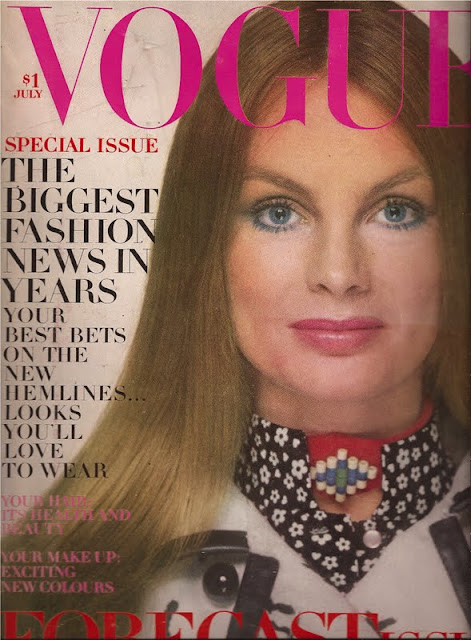Richard Avedon
Harper's Bazaar april 1965
Richard Avedon
Harper's Bazaar april 1965
Richard Avedon
Harper's Bazaar april 1965
Richard Avedon
Harper's Bazaar april 1965
Richard Avedon
Harper's Bazaar april 1965
Sun-Bound '65 Chic Surfaces by Du Pont
Richard Avedon
Harper's Bazaar January 1965
Richard Avedon
Vogue July 1970
David Bailey
Cerruti
David Bailey
Vogue July 1970
Vogue April 1970
Ungaro
Richard Avedon
Vogue April 1970
Yves St. Laurent
Richard Avedon
Vogue April 1970
With the onset of the ‘British Invasion’ in America, 60’s supermodel Jean Shrimpton was said to be the embodiment of America’s love affair with all things British. It was a period during the mid-sixties shortly after the arrival of the ‘Beatles’ when London became the epicenter of a new cultural revolution that invaded the North American psyche through a transformation in the fields of advertising, entertainment, and fashion.
‘Swinging London,’ was a media catch phrase used to identify the youth-oriented phenomenon that took hold in England emerging with the exploding music scene and generating a new freedom in fashion and lifestyle in stark contrast to the tamer sensibilities of the previous decade. Artists, actors, musicians, designers, models and photographers took their positions in the gestation of this new cultural identity. To be ‘happening’ there was simply nowhere else on earth to be. Time Magazine commented in May 1965, “No matter that blue-jean dress and rhythm-and-blues music were originally from America. England has taken them over, added a fresh dimension, and shipped them back.”
Travelling between Paris, London and New York as she embarked on her international modeling career, Jean Shrimpton was idolized by women of all ages across the continents. “She has the face every woman would love to have this very minute,” said the New York Herald Tribune columnist Eugenia Shepard. Eileen Ford said of Shrimpton, “She is youth.” It was an important quality that matched what was known as the “Youth Quake” rocking Europe and North America.
Indeed, models as young as fifteen were soon seen at the fashion salons of Paris designers and magazine pages formally devoted to a well-turned-out woman of sophistication, now focused on a casual, free-spirited image less made-up and more casually put together. This wide-spread attention to a more youthful glamour prompted author and social critic, Marya Mannes to write: “There is something profoundly sick ... about this obsession with little girls, a divorce from reality far deeper than mere search for novelty, or the exercise of fantasy.”
Shrimpton was fashion muse to both David Bailey, of whom she said, “I owe everything I am as a model,” and Richard Avedon, who waxed eloquent on her charm and natural quality. Said Avedon, “She’s a happening.” For a Time Magazine article on her success as the world’s new ‘It’ girl, he described a recent location assignment in Paris. A weary Shrimpton had been posing motionless and silent for several hours, when, at 4 a.m., he decided he had what he needed and told her to relax. He discovered that she had been relaxed for some time – deeply asleep – her eyes still wide-open and staring. “The pictures turned out beautifully,” said Avedon. “No other model could have done that.”
Shrimpton left the limelight in her thirties for the country life she was born to. With her husband, photographer Michael Cox, she runs the Abbey Hotel, in an historic Georgian Gothic building overlooking Mount’s Bay in Penzance, Cornwall.
A BBC Four film, ‘We’ll Take Manhattan,’ is planned for release this year starring Karen Gillan as Jean Shrimpton. The film explores the relationship between Shrimpton and photographer David Bailey from their first meeting at an American Vogue fashion shoot in 1962 New York.
devodotcom
d




















No comments:
Post a Comment